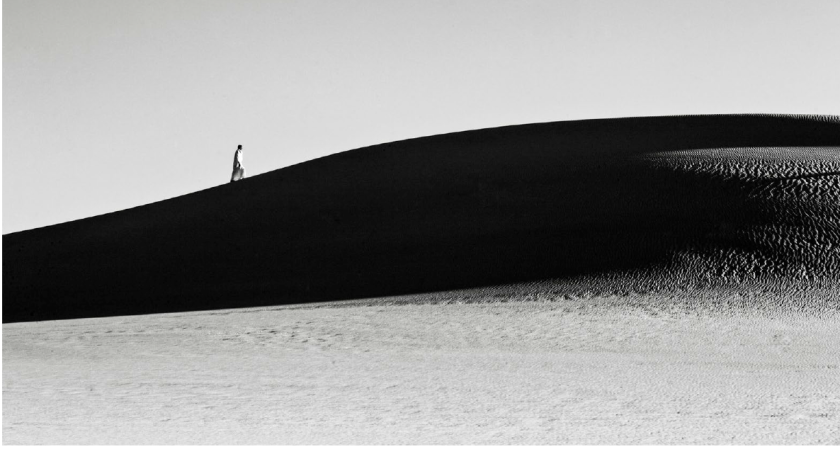In 331 BC Alexander the Great, a brave and ambitious traveller, embarked on a treacherous journey through the Egyptian Western desert on a mission to reach the Saharan oasis town known as Siwa. For six weeks he led his army through merciless terrain, barely surviving the arid climate and vicious tempests. Once there, he consulted the famous oracle at the Temple of Amun where he was reassured of his destiny as a worldly conqueror and Son of God. The story goes that Alexander the Great then consulted the oracle privately. What did he ask that he didn’t want others to hear, and what answer was he given? This remains one of the greatest secrets of antiquity. Alexander the Great went on to lead some of the most celebrated military campaigns and conquests in the history of civilisation. His dying wish, however, had been to be buried in Siwa, and there has been fierce speculation ever since as to whether that wish had ever been honoured.

I recall the story of Alexander the Great in Siwa often because it captures all the experiences that this small town imparts on visitors. The road to Siwa is neither pleasant nor easy, yet the hardships make the arrival more poignant. Approaching Siwa in that final hour is part hallucination part flight from the world. The starlit skies, infinite desert, ancient temples, mysterious people and shimmering lakes stun and captivate. Siwa is ethereal and otherworldly in a way that makes travellers feel like they are living a vivid dream with eyes wide open. Time takes on a different meaning here. After all, Siwans insulated themselves from the outside world for thousands of years, and during recent centuries lived in the half-lit labyrinth of the impenetrable Fortress of Shali. This is a town of secrets and superstitions, rituals and legacy.
This is also a town of design stories. Many artists and designers find refuge and inspiration in Siwa. Photographers revel in the infinite vistas of the Sahara dunes. Artists spend hours with their canvas in the silent surround of the oasis. Designers use the salt and stone that is so abundant in Siwa to produce rustic, earthy products. In her book, renowned Egyptian Jewellery designer Azza Fahmy describes Siwan jewellery as bold and robust with distinctive engraving on silver, reminiscent of pieces found in Libya or Tunis. In our book on Siwa she sheds light on how the Siwan woman is a designer by nature. She makes beautiful veils, shawls, shoes, jewellery, and straw products. Her muse is Siwa itself; she draws inspiration from her surroundings when picking colours, illustrations and motifs. International designer India Mahdavi returns to Siwa every year, where she has a home, to work with local craftsmen. Her collaboration with Salt Master Sayed in his workshop led to developing the translucent salt votive that appears in our book. In 2009, hundreds were shipped to Art Basel Miami to light up the 1111 parking space designed by Herzog de Meuron. Designer Laila Nakhla focused on reviving the Siwan tradition of embroidery, an art form that was literally dying out with the demise of the older generation of matriarchs. Her efforts led to the continuity of embroidery traditions, and she thoughtfully updated them to produce modern looks that garnered global attention. Italian fashion house Ermanno Scervino produced four years of summer collections from the workshops of Siwa’s talented embroiders. There are more design stories by Rope Master Ahmed Ali, Stone Master Abdel Salam Ghanim and Modern Art Master Adel El-Siwi in our book.
Siwa is a mythical tale that should be told over and over again. It is a pleasure to bring the spirit of this oasis to London for the first time through Jam Space. Jam Space as a concept store that celebrates design stories, and curates limited edition pieces in one beautiful viewscape, is the perfect host for this exhibit. The book, along with the photography on display, pay homage to a place that is one of Egypt’s hidden gems, and one of my favourite places in the world.
Rawah Badrawi
London, 2015
